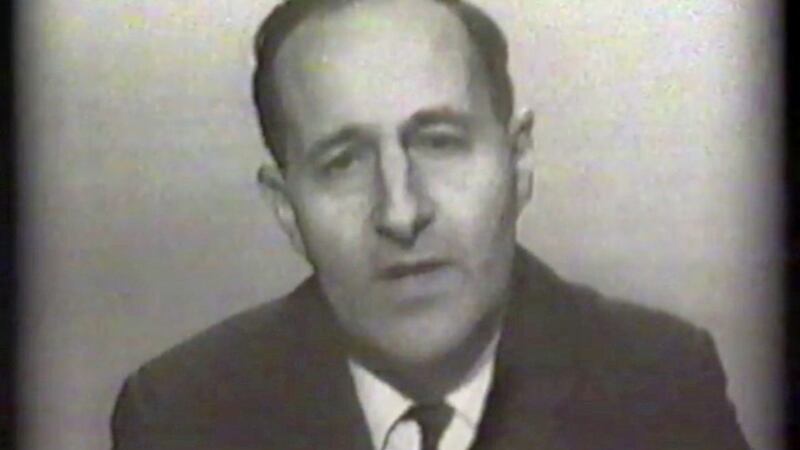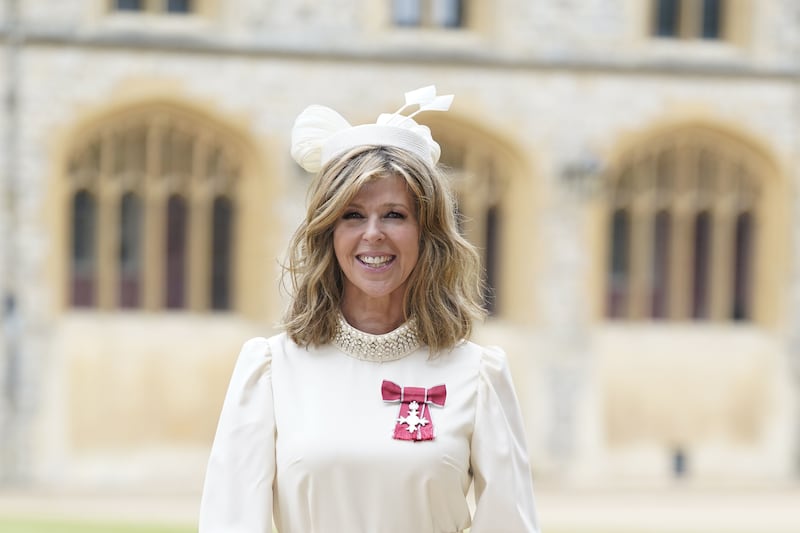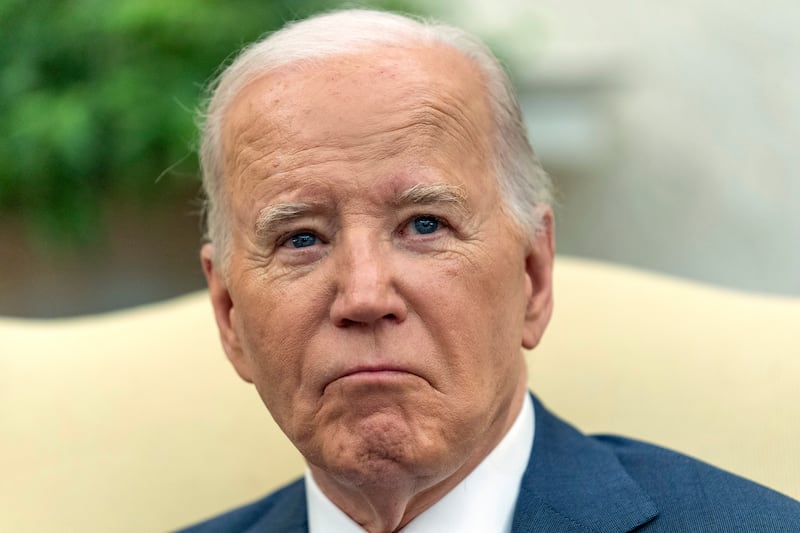THE LAST time there was a televised address by a Stormont leader it was December 1968 and a monochrome Captain Terrence O’Neill told his audience: “Ulster stands at a crossroads”. It’s generally agreed that things took a turn for the worse in the aftermath of the then prime minister’s appeal for moderation.
The nomenclature may have changed but more than 50 years on the region’s population is again facing some stark choices. We’ve been battling Covid-19 for six months yet incidents of the virus and hospital admissions are unfortunately on the increase.
It may not yet qualify as a second wave but the tide that had been ebbing over summer is on the turn and as a result the executive finds itself in a quandary.
The push over recent weeks, as represented by a return to schools and universities alongside the opening of so-called wet pubs, has been to normalise the situation as much as possible while continuing efforts to stem the spread of the virus.
Such an approach, seemingly necessary to avoid economic catastrophe, appeared to many contradictory, and what we are seeing now is arguably attributable in part to that inconsistency.
Meanwhile, the political antagonism that followed senior Sinn Féin figures mingling with mourners at Bobby Storey’s funeral did, by the deputy first minister’s own admission, lessen the impact of Stormont’s public health message. However, the spread of the virus in the Republic and Britain would suggest it is only coincidence that the downward trend began reversing during the latter of the 73 days that Arlene Foster refused to take part in joint press conferences with Michelle O’Neill. Public complacency and fatigue are just as likely to have fuelled the increase.
The first and deputy first minister’s rapprochement of recent weeks arrived not before time because with winter coming they – and we – are probably facing the most difficult period of the pandemic so far.
In Tuesday night’s unprecedented address we were witnessing an escalation of the public messaging in preparation for what is expected to be an upsurge in coronavirus cases, coupled with tighter restrictions. In such a scenario, it is essential that Stormont’s various partners are on the same page.
The joint address, organised at short notice and choreographed in collaboration with Downing Street, was light on information and scientific data but heavy on rhetoric. It was an appeal rather than a series of instructions, all the time stressing that what is being introduced is not the dreaded ‘L’ word.
The messaging has undoubtedly been helped by the abandonment of localised restrictions, which only prompted confusion and criticism. The blanket, one-size-fits-all approach is much more sensible and easier conveyed.
Until the controversy around Bobby Storey’s funeral led to friction, Mrs Foster and Ms O’Neill had been performing admirably in their roles, generally refraining from politicking while focusing on the task in hand.
In order for the executive’s strategy to combat the virus being successful it’s critical that the two figureheads work in tandem. In the televised address, possibly the first in a series of several, we got a glimpse of the leadership and cooperation so often absent from Stormont in recent years.








